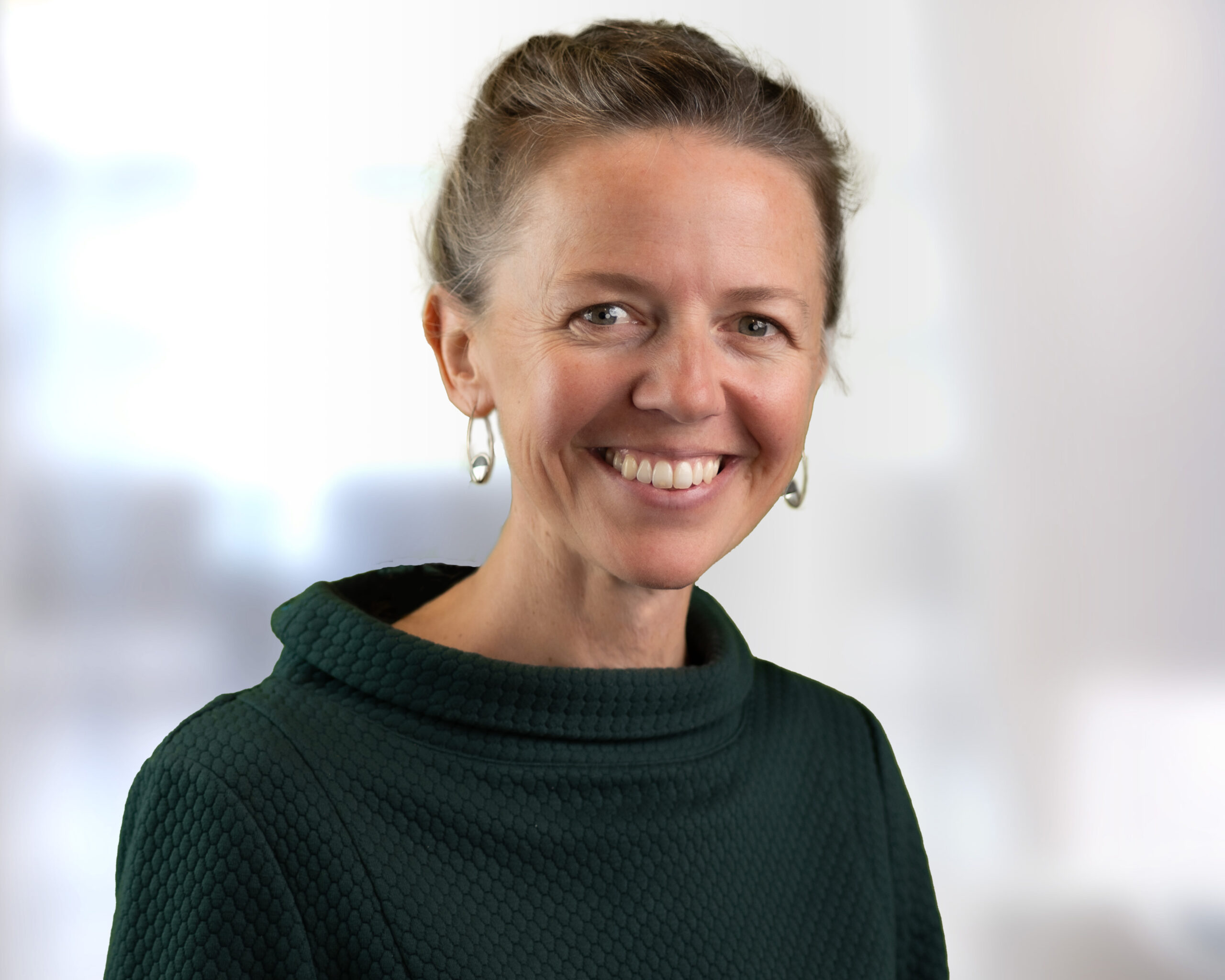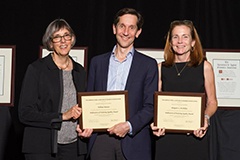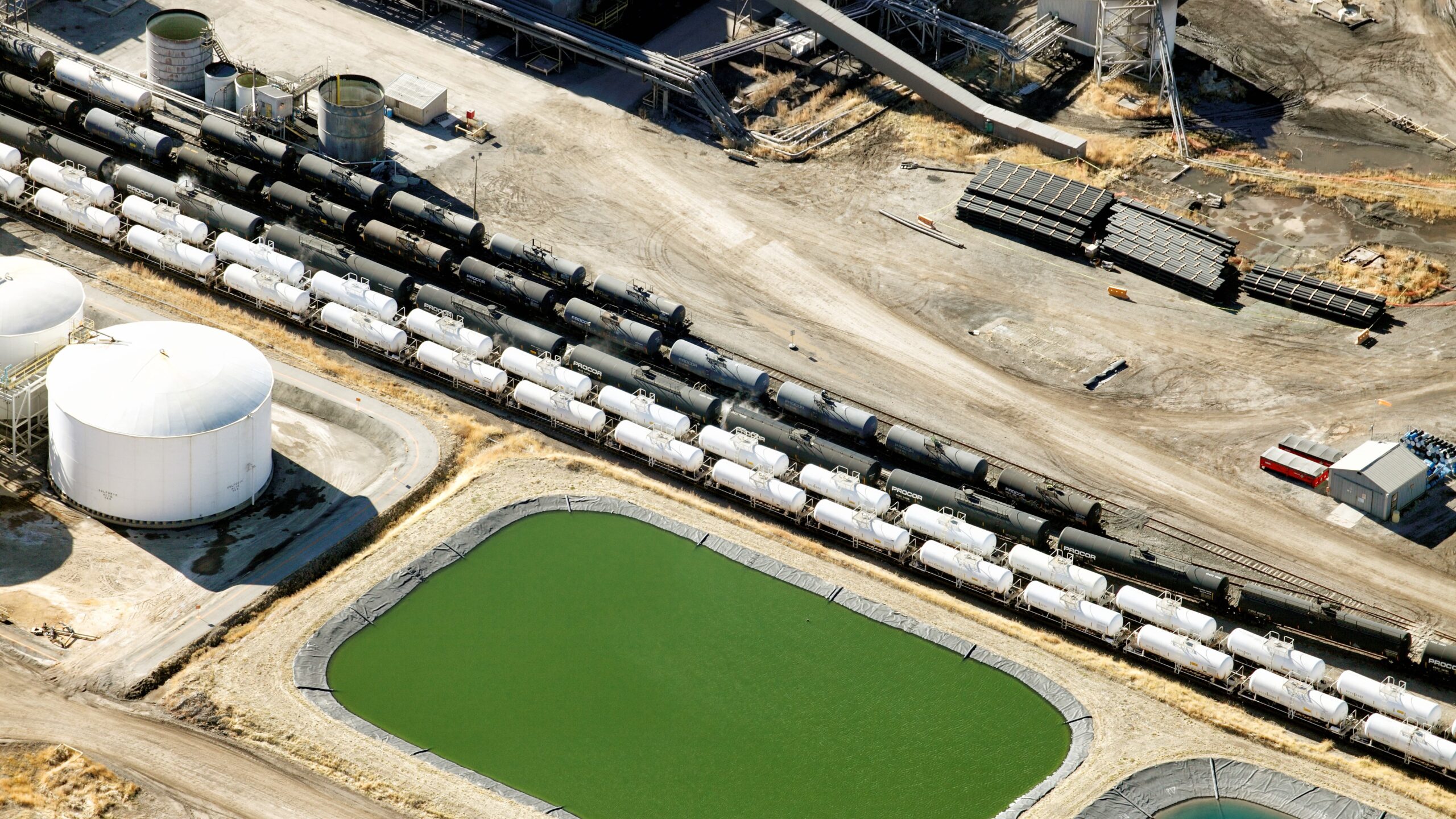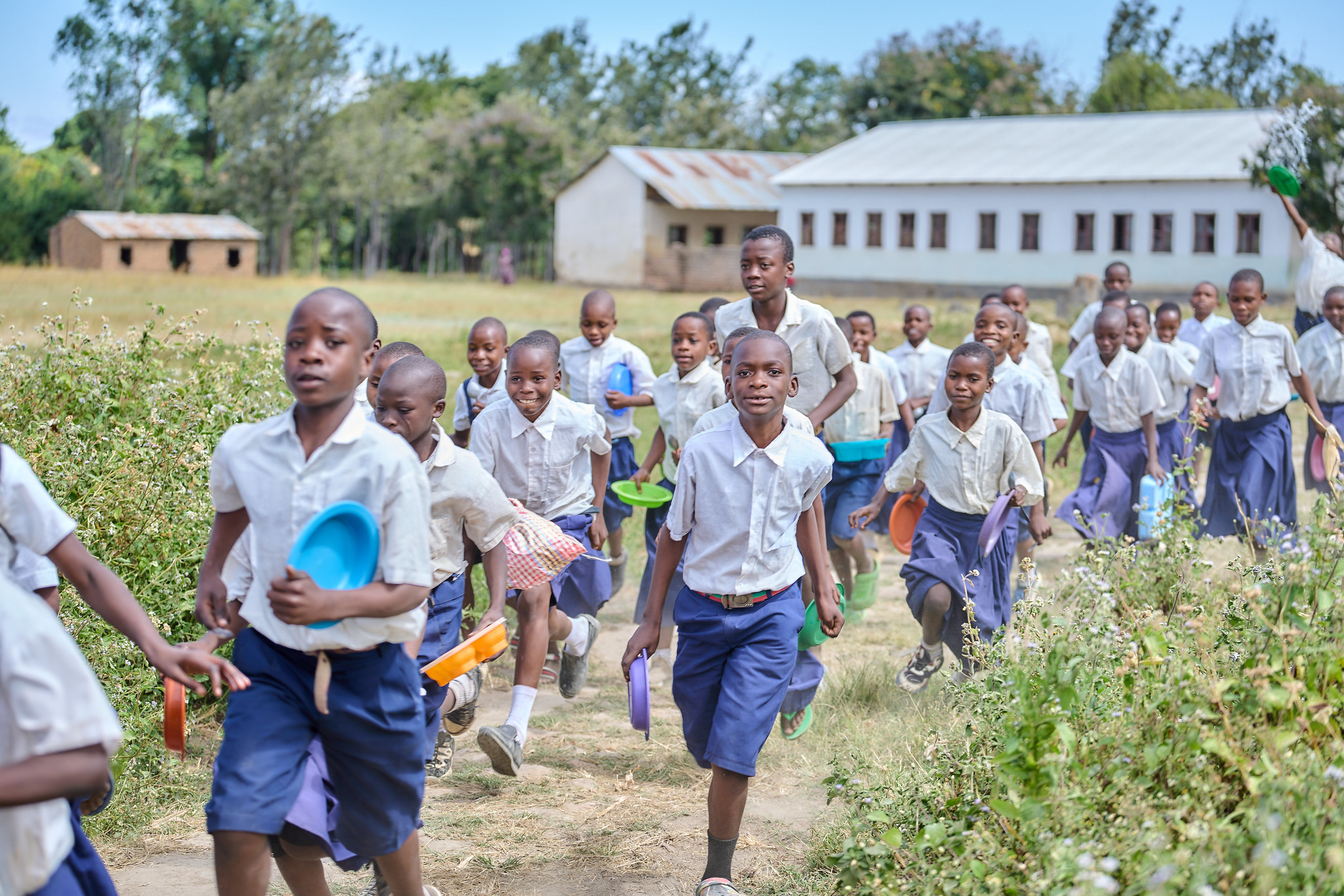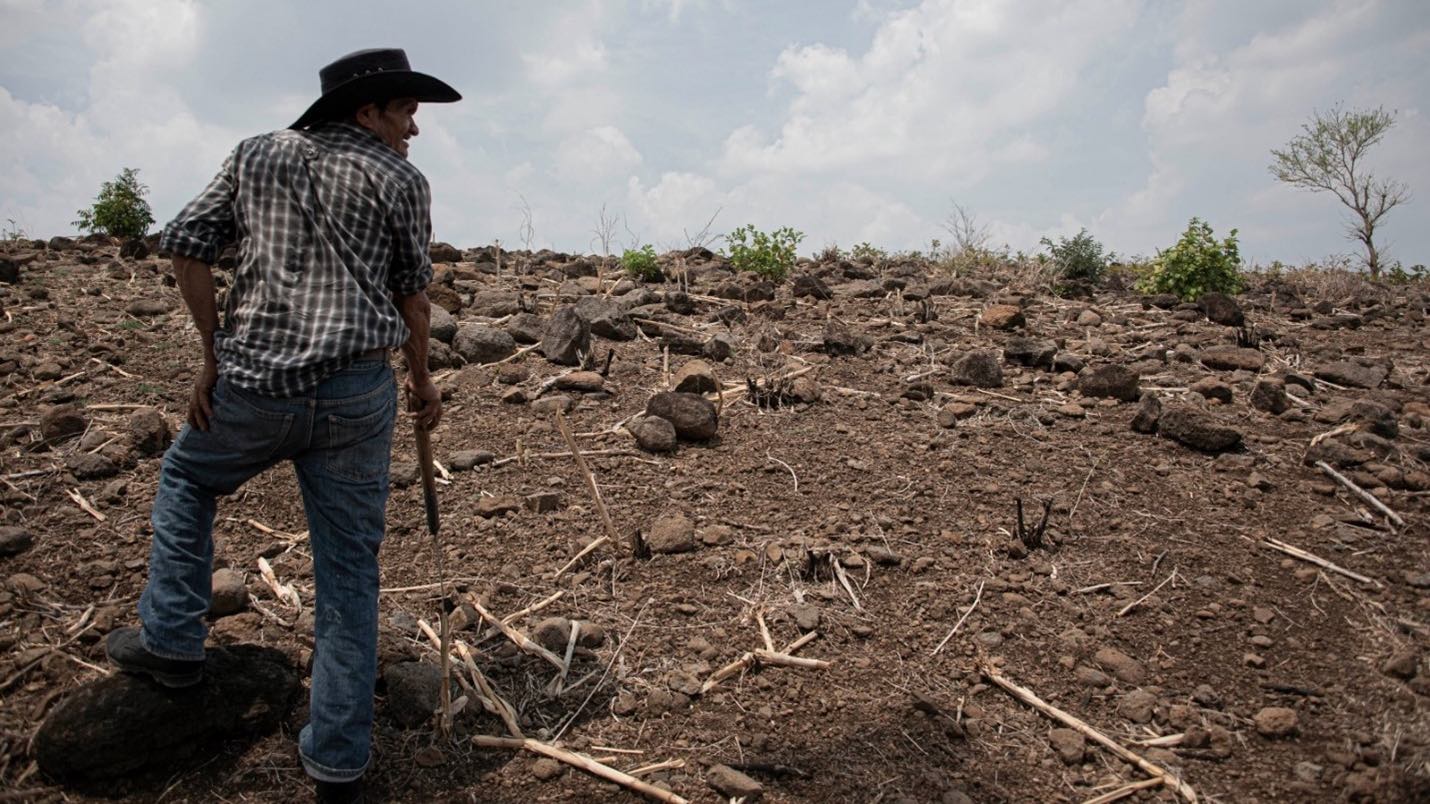Why are most of the world’s poorest people located in tropical countries? When historical climate data became widely available in the late 1990s, IFPRI senior research fellow Margaret McMillan and coauthor William Masters of Tufts University were among the first to use it for the study of economic development. Their groundbreaking article, published in theJournal of Economic Growth (2001), recently won the 2014 Agriculture and Applied Economics Association (AAEA) “Publication of Enduring Quality” award.
The article, Climate and Scale in Economic Growth, added a new dimension to the role of physical geography, finding that countries with temperate climates corresponded to a high level of income, while tropical countries’ growth was more dependent on other factors such as trade accessibility.
The AAEA cites a number of groundbreaking contributions in the research behind Masters and McMillan’s paper—including pioneering the use of grid cell data and first quantifying and identifying the role of winter frost—but the impact and references to this paper during the past 13 years are what ultimately clinched the award.
The authors reflect on the impact of their work during a recent interview:
What was this research project about?
One of the great puzzles in development economics is why the world’s poorest people mostly live in tropical countries, far from oceans and big rivers. The tropical countries that got rich early were generally islands or small coastal countries like Singapore, and the temperate countries that stayed poor tended to be geographically isolated, such as those in Eastern Europe. This research asks what could explain this spatial pattern, so as to help policymakers find growth paths around those obstacles. There are a lot of popular theories, like the idea that people can’t work hard in the heat, that have been thoroughly discredited by careful research. In the late 1990s, newly available global data made it possible to test some more subtle explanations. Our approach focused on seasonal frosts, which one early writer called “the great executioner of nature.” Maybe frost in the winter helped farmers control pests, parasites and disease vectors, so each successive summer could be increasingly productive. To identify that effect, we had to control for market access and economic scale, which could help people get rich without relying on their own natural resources. Hence our title, “Climate and Scale in Economic Growth.”
At the time, I imagine the idea that seasonal frosts played such a major role in determining such large scale economic growth patterns was quite revolutionary. Can you explain the emergence of this idea a little more?
In the 1990s, there was a very active debate about the causes of poverty in the tropics. Most explanations, like corruption and national institutions or policies, just begged the question of why those problems arose where they did. Reading a lot of economic history revealed amazing anecdotes, like how tropical yellow fever raged through Philadelphia in the summer of 1793 until the city was saved by the first frost in October. But it’s only when global climate data became digitized that we could test whether societies that never got those frosts have been worse off, on average, given their other circumstances.
Were you and your coauthor surprised by the results?
Yes. For most people in today’s industrialized countries, frost in winter is an unfortunate nuisance. Our grandparents moved to Florida to avoid it. Finding that winter frost actually helps economic development, at least until people find other ways to control pests and diseases, is genuinely surprising.
Why do you think this paper has had such a long-lasting impact?
This paper is about spatial variation in climate among countries, and how that relates to differences in economic outcomes. Revealing the role of geography helps us understand that mass poverty is not poor people’s fault, and that it is avoidable if we invest in new technologies that do for them what geography did for us. This particular paper makes the argument at a very abstract, general level, emphasizing the need for more pest and disease control in places that don’t get winter frost, and the need for more transportation infrastructure in places that are far from rivers and oceans. The paper also helps us anticipate the effects of climate change over time, as the frost line moves and leaves more places exposed to year-round growth of insects and disease vectors for which we now need to invest in deliberate control.
Are you still working on these same issues? What have been some of the larger implications?
The original paper was written when we first got access to spatial data, and it’s about the very broad-brush relationship between geography and development. IFPRI and others now have much more data of this type, and we’re making good use of the data to explore specific mechanisms by which particular innovations can overcome each kind of geographic obstacle. Our latest collaboration just came out in Journal of Development Economics, and it examines how the eradication of a tropical disease led to more market-oriented land management in Burkina Faso’s river valleys, which is a key step toward agricultural productivity growth. Another paper by one of us (Masters) just appeared in Journal of Economic Growth showing how higher agricultural productivity accelerated historical urbanization, which is another step in the development process. The more we look into it, the more we see how economic development calls on people to solve place-specific agroecological problems. And when the environment changes, adaptation is all the harder. People living in harsh places have made amazing efforts to overcome the obstacles they face, and learning how they did it can help guide our efforts to spread success.
.
*To request a copy of the articles mentioned in this story, please contact: ifpri-library@cgiar.org.
Margaret McMillan is Senior Research Fellow at IFPRI’s Development Strategy Division as well as an associate professor of economics at Tufts University and a Research Associate in the NBER’s program on International Trade and Investment.
William Masters is Professor and Chair of the Food and Nutrition Policy Department in the Friedman School of Nutrition at Tufts University.

